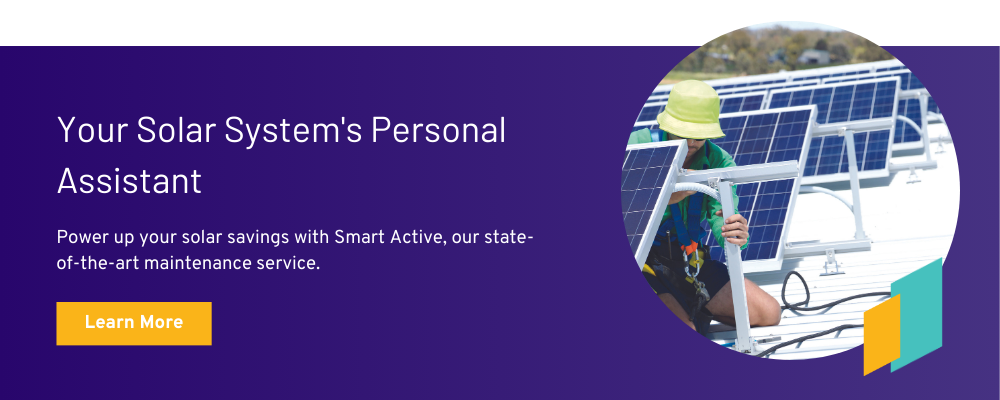Last updated: March 7, 2024
Inverters are the most important part of any solar power system.
If panels are the body, the inverters are the brains. Inverters can fail for a number of reasons, and if this happens can cost you considerable amounts of money through lost generation, if not identified early.
Inverters perform key functions, primarily converting solar DC solar 250 to 1000 Volts DC into usable AC single or three phase output. They also look after important protection and grid support functions. These sorts of functions include; Anti-islanding; a grid protection function where the inverter shuts down if the grid is blacked out. The inverter also disconnects from the grid if frequency or voltage ranges fall outside of Australian standards. These functions are to protect the property, the inverter and the local grid.
Q. So what do you do when your inverter is off or broken?
A. Check the inverter circuit breakers.
Why:
The circuit breaker flicks off if there is a fault, or a thermal (current) spike through the circuit.
Sometimes this is a false alarm at other times it could indicate a short circuit or faulty breaker. If the problem continues to occur, you should contact your supplier or us, and arrange for a technician to attend to the system.
If the breakers are not off but the inverter is still not working perform a shut-down and restart.
How:
This is a simple process.
- Turn off the AC breakers.
- Turn off the DC isolators, wait 10 seconds.
- Reverse the process;
- Turn on the DC isolators, then turn on the AC breakers.
This should restart the inverter.
If the inverter doesn’t start back up; take a moment of silence to remember better days, then call your installer or us, for a replacement unit.
Note:
There will be a circuit breaker in the main switchboard with a label “Solar Main Switch”, one next to the inverter and a DC isolator on the solar panel side of the inverter. If any of these are off, it may be a simple fix by flicking them back on.
Q. My inverter screen is blank, and doesn’t seem to be working.
Why:
Inverter screens have been known to break. The LCD may be sunburned and not working, or another fault of the electronics. Just because there is no screen doesn’t mean it's not working, it may still be working and could be live. How to determine if it is working or not can be difficult for the untrained.
How:
Look at your energy bill and your meter, if you are still getting savings for solar, or the meter is counting solar (or spinning backwards/slowing down) during day times, the solar is still producing. If you are technically savvy, use a clamp meter and test the output current of the AC connection.
If the inverter appears to be dead, perform the shut down and restart process. If it is still dead; take a moment of silence to remember better days, then call your installer or us, for a replacement unit.
Note:
You should check how old your inverter is. Most inverters carry a 5 year warranty and you may be able to get it fixed free of charge.
Q. My inverter has a fault code on the screen:
Why:
The inverter will often show what the issue is via a fault code and often a red light, indicating fault.
Our most commonly experienced fault is an ‘earth leakage fault’ caused by moisture in roof top circuit breakers, or the connections between panels, where power is literally leaking out of the system and going to ground. Or there may be other fault triggers that causes the inverter to stop performance.
How:
Refer to the inverter manual, and trouble shooting. Or contact your installer or us for better information. This will normally require a trained solar electrician to attend site and check all aspects of the system.
Note:
It is quite important in some cases as excessive moisture can cause corrosion and even fires on your roof. So be careful with this.
Conclusion
When it comes to Inverters nothing could be more accurate; Quality is remembered long after price is forgotten. Buy quality inverters. They are doing their job all day, every day. Don’t buy a Hyundai Excel to do the job of a Toyota Land Cruiser.



